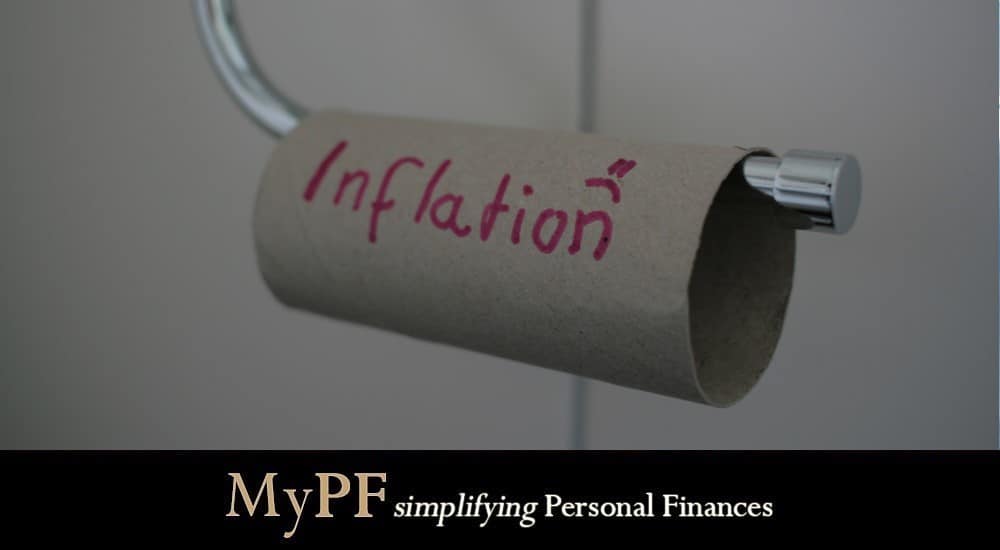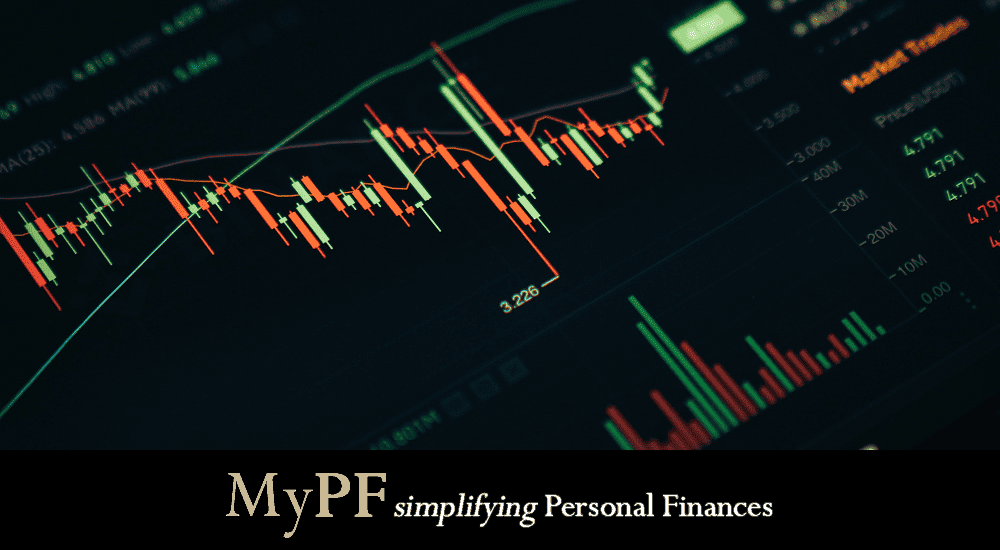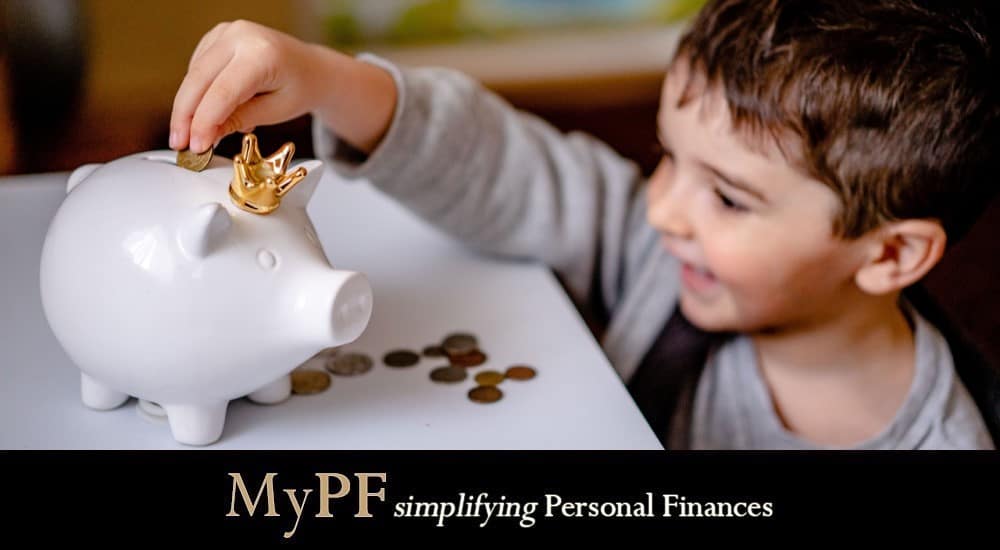Woah, woah, woah! 5.5% dividends from EPF?
You would have surely heard the news. The Employee Provident Fund (EPF) has just given 5.5% of dividends to Malaysians contributing to it.
If you had put your money in fixed deposits, you would have only earned 2.63%. That is less than half of what you could have got from EPF.
So, what should you know about the 5.5% dividends from EPF? Is it high? Is it low? How did EPF make that money to give as dividends to you?
Let’s find out.
Contents
#1: Slightly Higher than 2022, and in Line With Historical Average
The 5.5% dividend yield for 2023 is slightly higher than the 5.4% for 2022. This is for the conventional savings (CS), while EPF gave 5.4% for the Shariah Savings (SS). This is quite in line with the 5-year average of 5.7% from 2018 to 2022.
If you have invested in the SS, you would be glad to find out that the yield has significantly increased from 4.8% in 2022. Since 2017, the conventional savings dividend has been higher by about 0.5%.
But, 2023 has been the year that the Shariah Savings dividend yield (5.4%) is the closest to the conventional savings (5.5%). For Muslims and non-Muslims alike, this could be a good time to consider participating in the SS.
#2: A ‘Real’ Return of 2.9% After Accounting for Inflation
They say inflation is a tax. Even though EPF declared a 5.5% and 5.4% dividend yield, you need to take into account your ‘real’ return on your EPF savings.
According to EPF, from 2021 to 2023, deducting for inflation, you would have gotten real dividend returns of 2.9% and 2.5% respectively for the CS and SS.
However, we also calculated the real returns internally for conventional savings. For 2023, the real dividend yield was 3.0% after deducting inflation of 2.5%. And this was higher than 2022’s real dividend yield of 2.1%.
EPF did say that they aim to provide at least a 2.0% real dividend yield from 2021 to 2023. However, you need to be aware that EPF delivered a much higher average real dividend yield of 4.9% from 2017 to 2020.
#3: EPF Distributed 87% of its RM67 billion Income as Dividends
In 2023, EPF made about RM67 billion in investment income. This was 29% higher than the RM52 billion generated in 2022. And from that RM67 billion amount, EPF distributed RM58 billion or 87% of it to Malaysians.
However, you might be wondering what does EPF do with the 13% of the money that it doesn’t distribute to you. Not many people question the dividend payout ratio as they focus on the dividend yield that EPF announces.
After all, EPF used about RM1,003 billion in funds to generate RM67 billion in profits for you. That translates to a total return of 6.7%. But EPF only distributed 5.5% out of that.
Most of those funds go to paying for the operations of EPF. For example, in 2022, EPF spent about RM4.7 billion in operating expenditures. What are these operating expenditures?
- Salaries, Allowances, Staff Costs: RM1.5 billion
- Interest on Borrowings: RM1.1 billion
- Fees and Professional Charges: RM773 million
- Repairs and Maintenance: RM221 million
It might be a good idea to know this as you can gauge how efficient EPF is in generating profits for your hard-earned savings.
#4: Stocks / Equities Contributed Mostly to EPF’s Investment Income
How was the 5.5% dividend generated then? Most of the investment income came from stocks or equities. They contributed RM39 billion or 58% to EPF’s profits.
This is followed by fixed income at RM19 billion (30%), real estate & infrastructure (RM6 billion, 8%), and money market instruments (RM2 billion, 3%).
Stocks gave the highest return on investment at 8.7%, followed by real estate & infrastructure (5.0%), money market (4.9%), and fixed income (4.4%).
#5: Foreign Investments Gave More Returns
Make no mistake, foreign investments yielded higher returns compared to domestic investments in Malaysia.
EPF invested about 38% of its money into global investments and that generated an income of RM35 billion or 53% of its investment income. Meanwhile, it had 62% of its funds in the domestic market, but contributed only 48% to investment income.
If you recall, back in May 2023, Prime Minister Anwar Ibrahim asked EPF to increase the percentage of its investments in the domestic market to 70%.
Based on this, it could be the case that dividends might be lower if EPF invests more in the domestic market. However, nothing is certain, the Malaysian market could rebound in 2024 and might overtake foreign investment returns.
#6: Contributions Have Increased in 2023
As a sign that the economy is recovering well into 2023, contributions by EPF members have increased. It grew by 15% to RM98 billion in 2023 from RM85 billion in 2022. Hence, EPF’s total assets have also grown by 13% to RM1.14 trillion in 2023.
But what does this mean to you? Confidence is returning to the EPF in terms of managing funds for Malaysians’ retirements. During the pandemic, many withdrew their EPF savings to make ends meet. They also feared that they can’t withdraw money out. While EPF does not have any cashflow issues, this meant that they would have to exit some of their investments at the early stage to meet its member’s withdrawal needs. It would have to declare losses in investments that needed more time to profit.
With withdrawals increasing by a strong rate, EPF can maximise the returns on your investments without worries of members withdrawing again.
Conclusion
A 5.5% dividend yield is considered good for most Malaysians. However, getting more context on how this 5.5% is generated could enable you to make more informed decisions on whether to increase or decrease your EPF contributions.
Remember that the key to a solid financial journey is to be informed about how you can maximise your investment returns while also minimizing your risks!
Let us know in the comments below what you think about EPF’s dividend and your retirement plan!











Leave A Comment